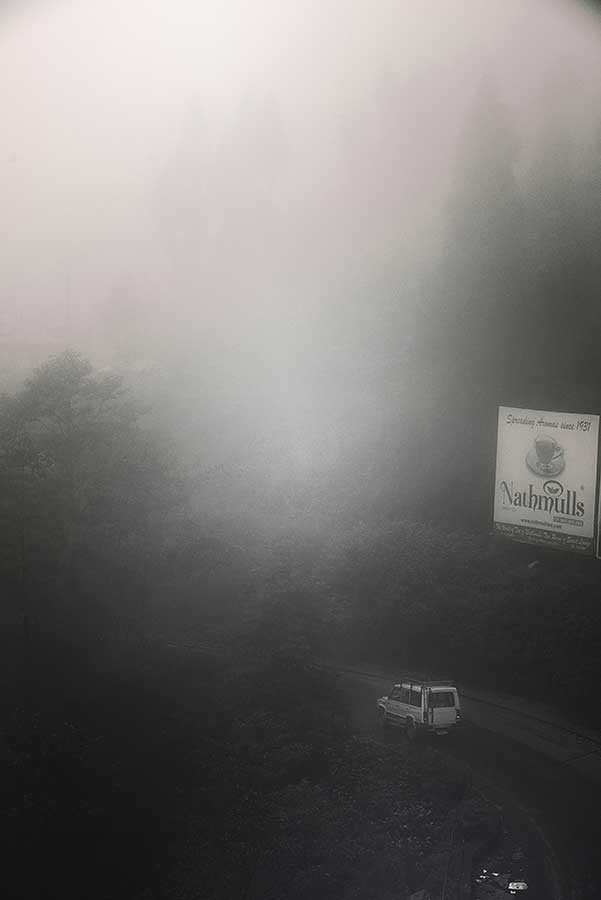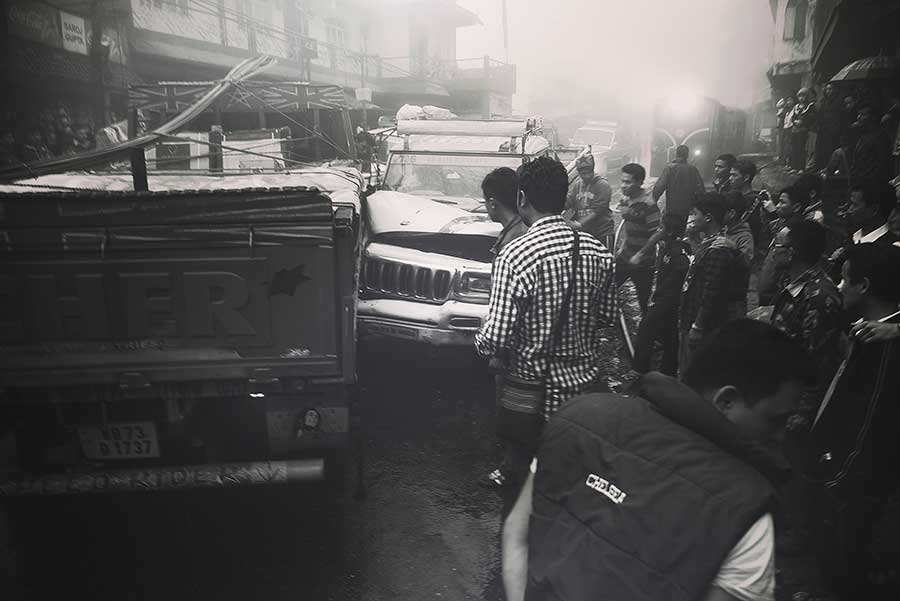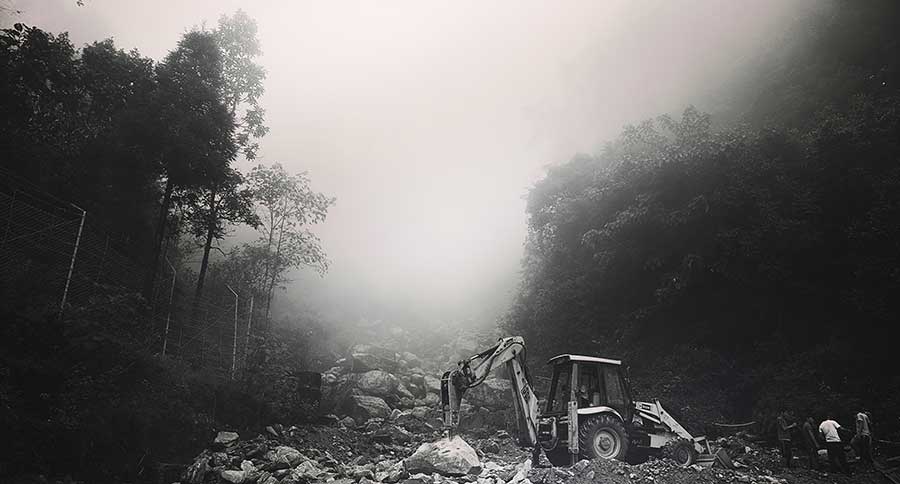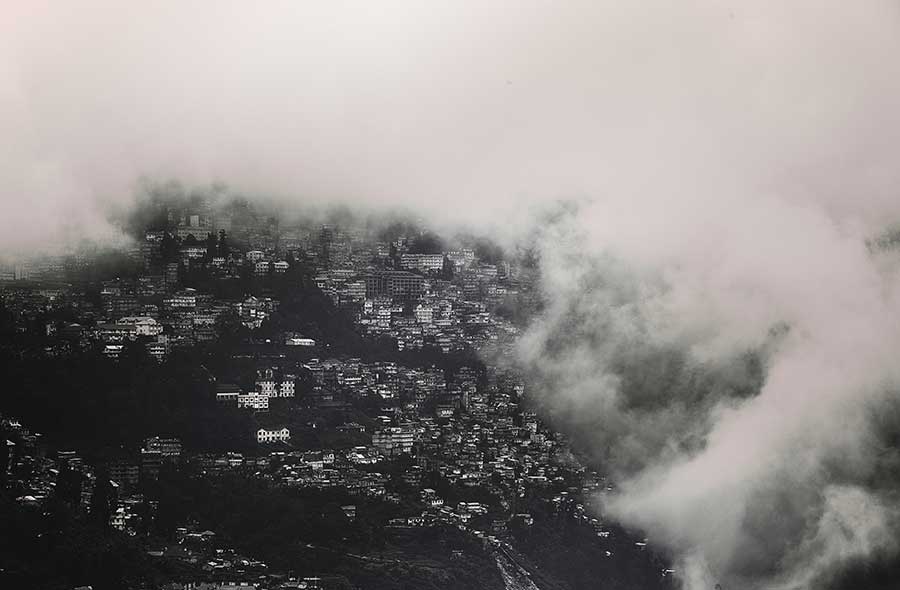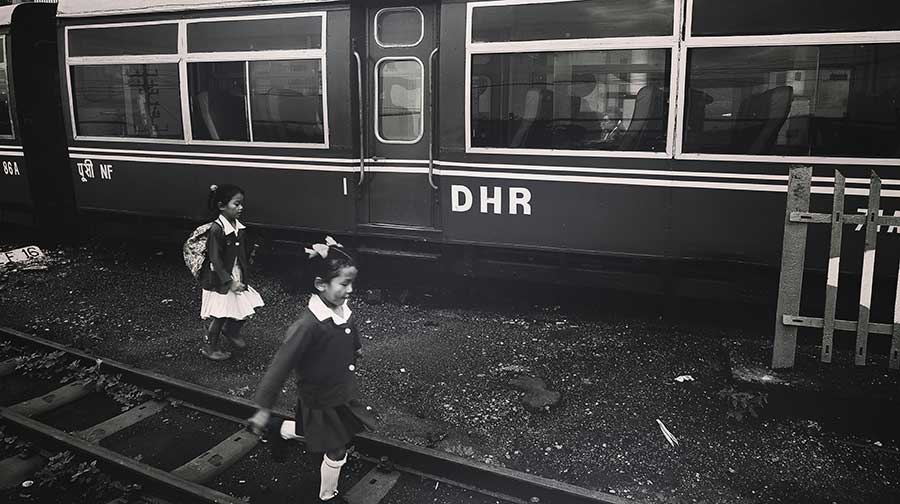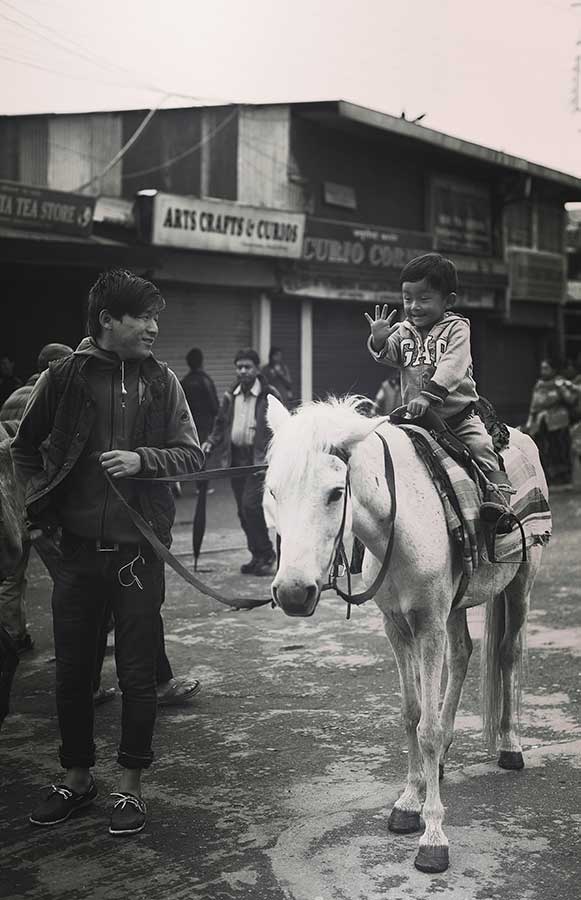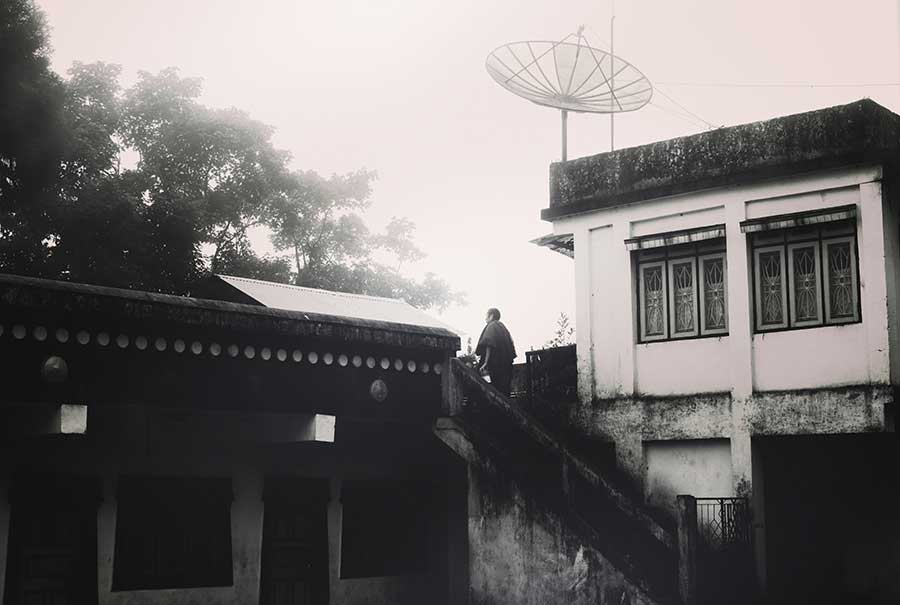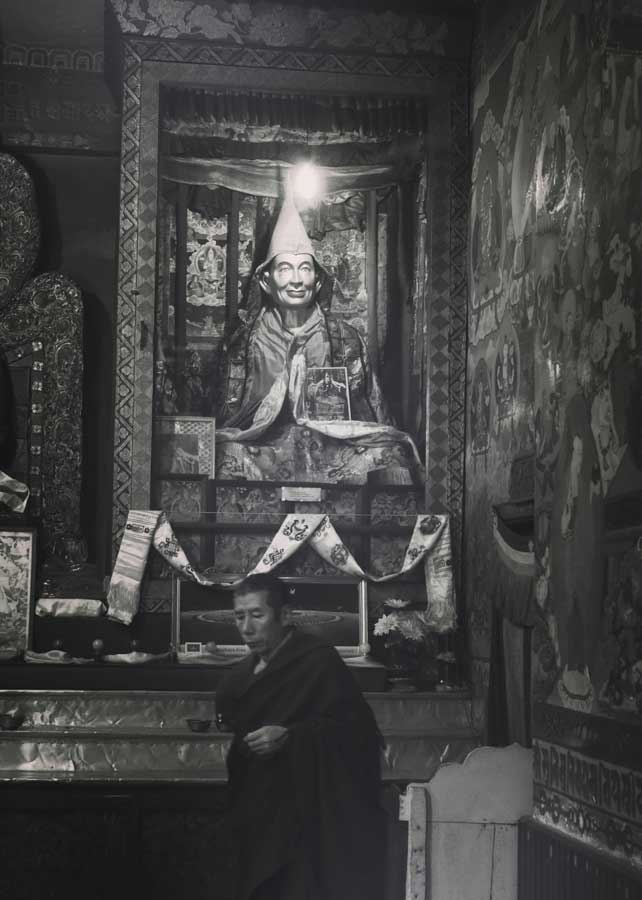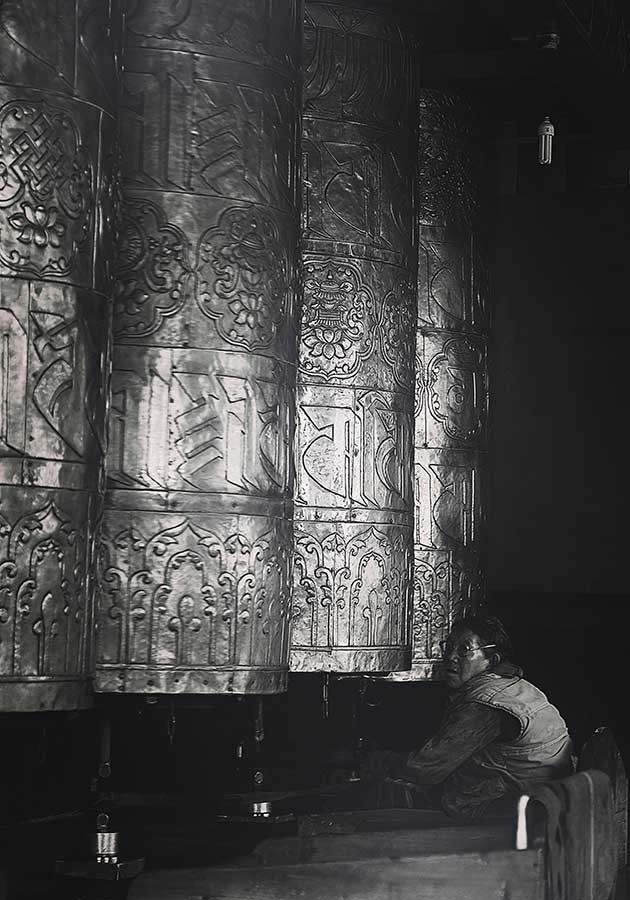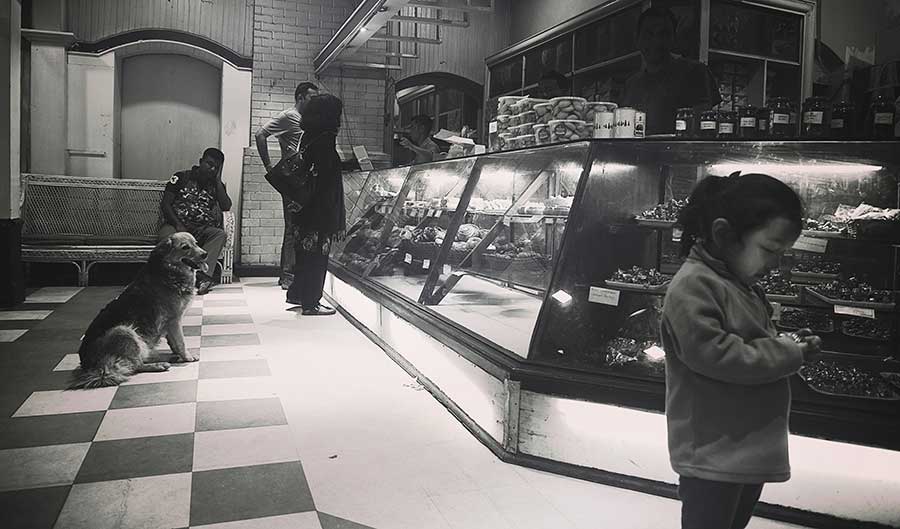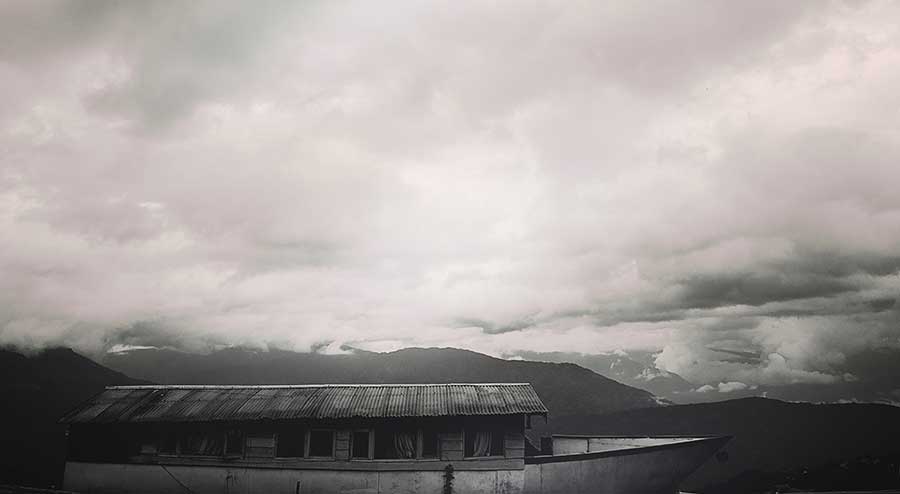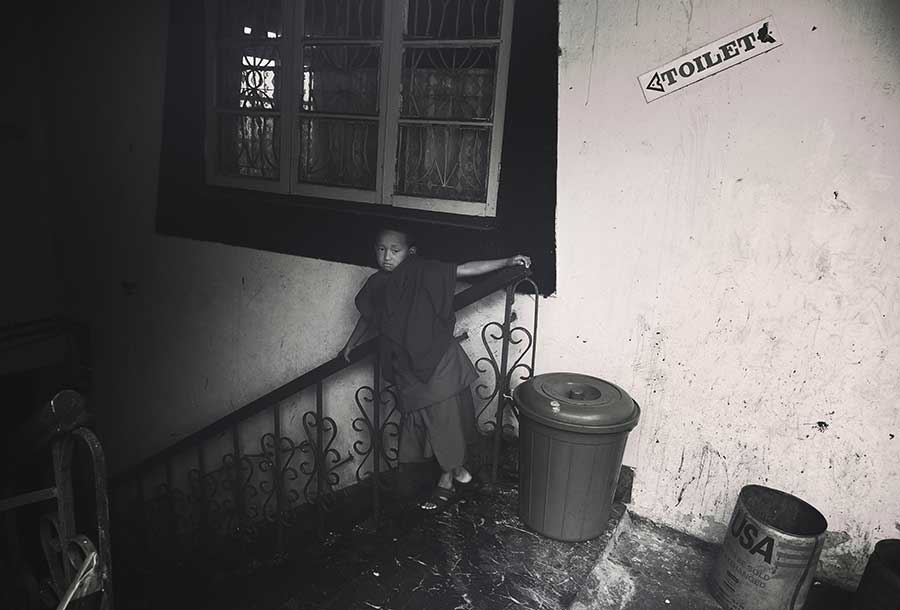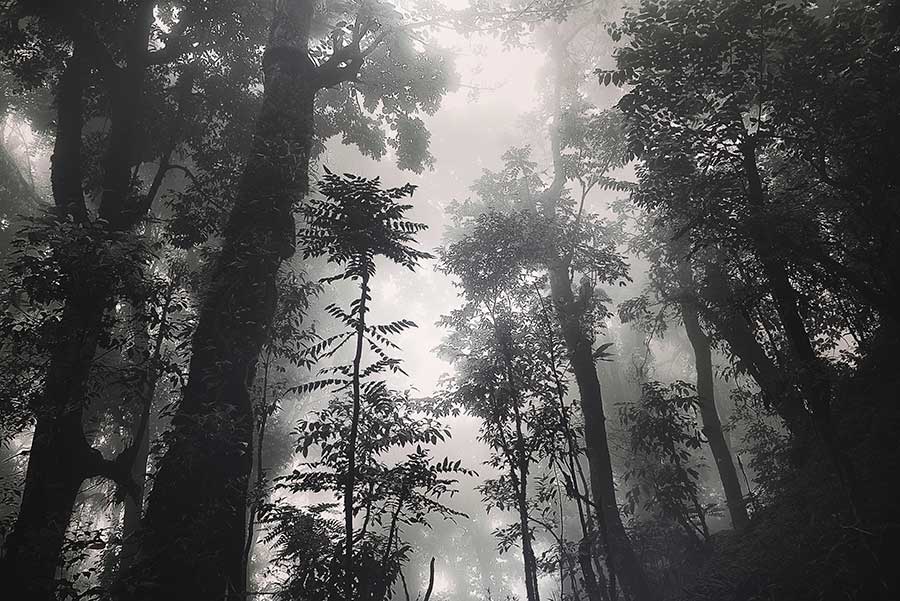Darjeeling is a small hilly town in the Indian state of West Bengal. At an elevation of 6700 feet its location in the lesser Himalayas makes it an attractive tourist destination during the summers.
It boasts of clear views of five famous peaks of the Kanchenjunga mountain range and the famous Darjeeling tea, which is one of the most famous black tea in the world. I wanted to see the other side of the town, when there are lesser numbers of tourists and have a different perspective of the place as a whole.
The old archaic buildings built during the British period stick out like a sore thumb among the modern buildings, hotels and shopping malls built in the now popular tourist destination. The hill station had come into being in the late 1800s when under the British Raj. It was seen as a suitable summertime escape for the Brits and this led to the construction of a sanatorium and a military depot. Darjeeling as a tourist spot had been established. But this also caused increase in traffic and the simple cart road was not enough. Franklin Prestage, an agent of Eastern Bengal Railway Company proposed a railway line connecting the popular tea haven to Siliguri, which had a broad guage train service connecting it to Calcutta Harbours. He proposed a steam tramway, along the lines of the cart road and finally after due consideration in 1879 the proposal was accepted by the government. On 4 July, 1881 the train line was inaugurated and the railway company was named Darjeeling Himalayan Railway Company which still remains the same. As the British Raj ended, the old buildings and heritage structures of their memories stayed. A few heritage churches, mock tudor buildings, hostels, the train stations and post office are what remains from that era. Darjeeling is famous for its tea, Nepalese kukris and other collectibles. Two famous food joints to visit in Darjeeling are Glenary’s and Keventer’s. Glenary’s is a three story building in the heart of the shopping district with huge windows, live music and a bar. It has assorted muffins, cookies, chocolates and patties. It also serves Darjeeling tea which is a must have. Undoubtedly Darjeeling is the queen of hills in the eastern part of India and the peak seasons, that is March/April or September to November is the best time to go if one is looking for a happening hill station with a clear sky, breathtaking views and amazing food. But the monsoons have a very different melancholy, mysterious and sublime feel to it. Even though one will miss out on most of the usual things seen by most tourists like the Kanchenjunga peak, Toy Trains in action, tea picking in the plantations etc one will not feel unwelcome to the place in the monsoons. The lack of regular tourist spots and sights gives one a perspective to look within the city – its culture, its heritage, its history and its people. Monsoons bare the naked Darjeeling in all its glory, the real people- the real city.
About Souradeep Roy
Souradeep Roy, born and brought up in Kolkata, West Bengal, is a trained photojournalist and documentary photographer. He has completed graduation in Mass Communication and Journalism from Asutosh College, Calcutta University and has been trained in photojournalism from Udaan School of Photography under world renowned photographers such as Arko Datta and Atul Loke. He has worked with several Non-governmental organizations and corporate houses as a freelancer and is currently working as a full time photojournalist in Asian Photography Magazine (India). [Official Website]



